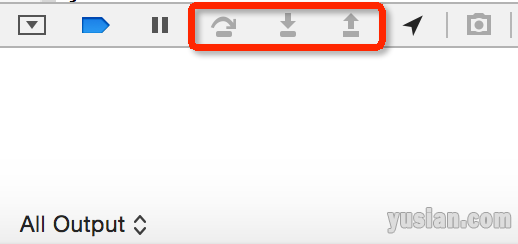1、NSData方式多对象归档
1 2 3 4 5 6 7 8 9 10 11 12 13 14 15 16 17 18 19 20 21 22 23 | // 1、创建归档路径 NSString *dataPath = [documentsPath stringByAppendingPathComponent:@"data.plist"]; // 2、创建可变数据对象 NSMutableData *data = [NSMutableData data]; // 3、创建归档 NSKeyedArchiver *archiver = [[NSKeyedArchiver alloc] initForWritingWithMutableData:data]; // 4、归档中添加对象元素 [archiver encodeObject:array forKey:@"array"]; [archiver encodeObject:dict forKey:@"dict"]; [archiver encodeObject:string forKey:@"string"]; [archiver encodeObject:imageData forKey:@"image"]; // 5、结束归档 [archiver finishEncoding]; // 6、写入本地沙盒 [data writeToFile:dataPath atomically:YES]; // 7、取出归档即解档 NSData *data1 = [NSData dataWithContentsOfFile:dataPath]; NSKeyedUnarchiver *unarchive1 = [[NSKeyedUnarchiver alloc] initForReadingWithData:data1]; // 8、还原各对象 NSArray *array1 = [unarchive1 decodeObjectForKey:@"array"]; NSDictionary *dict1 = [unarchive1 decodeObjectForKey:@"dict"]; NSString *string1 = [unarchive1 decodeObjectForKey:@"string"]; UIImage *imag1 = [UIImage imageWithData:[unarchive1 decodeObjectForKey:@"image"]]; |
2、数组方式进行多对象归档[……]
